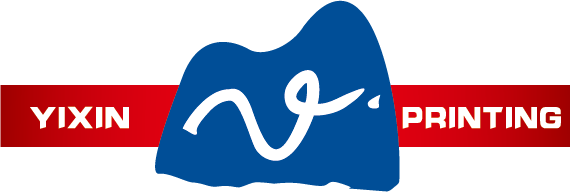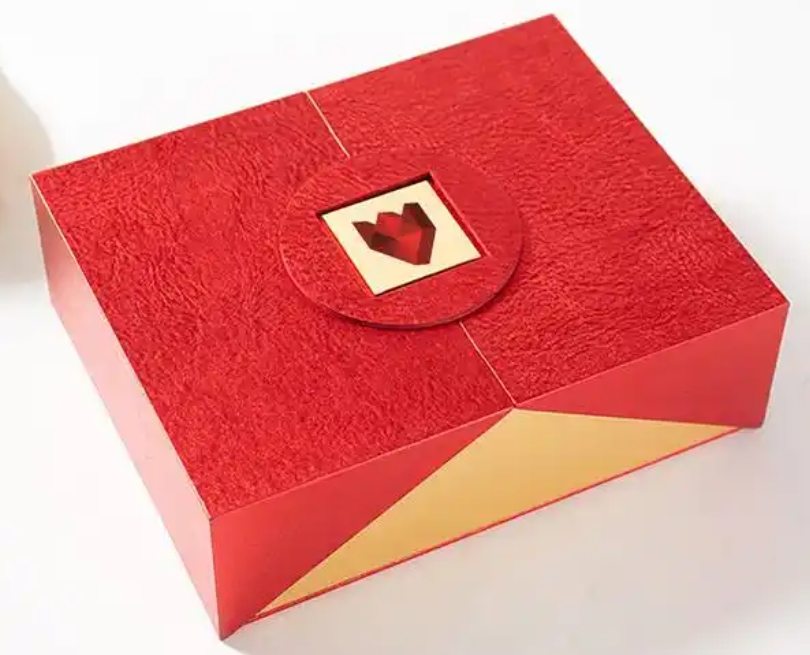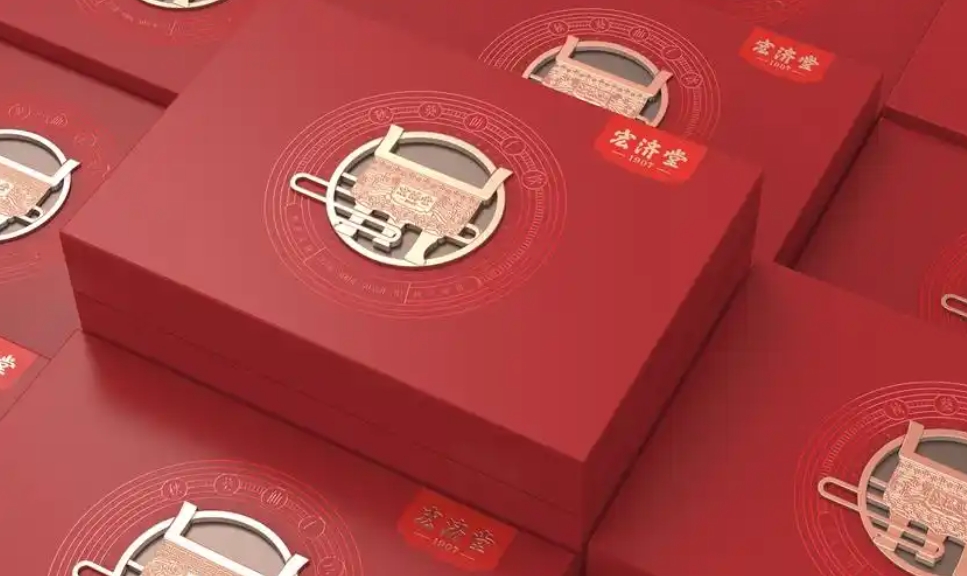
In a luxury paper box packaging facility, employees must master specialized skills training to meet the industry's high standards. I’ve seen how training programs directly improve workforce skills, leading to exceptional results. Studies show that:
Training enhances job-specific skills, boosting productivity and quality.
It improves employee morale, ensuring consistent, flawless production.
Effective training reduces costs and increases efficiency.
These programs ensure employees deliver premium packaging solutions that align with luxury brand expectations.
Key Takeaways
Special training helps workers improve skills, increasing work quality and speed.
Learning about paper types and features is key for eco-friendly, high-end packaging.
Careful checks make sure each product meets luxury packaging standards.
Technical Skills for Paper Box Packaging
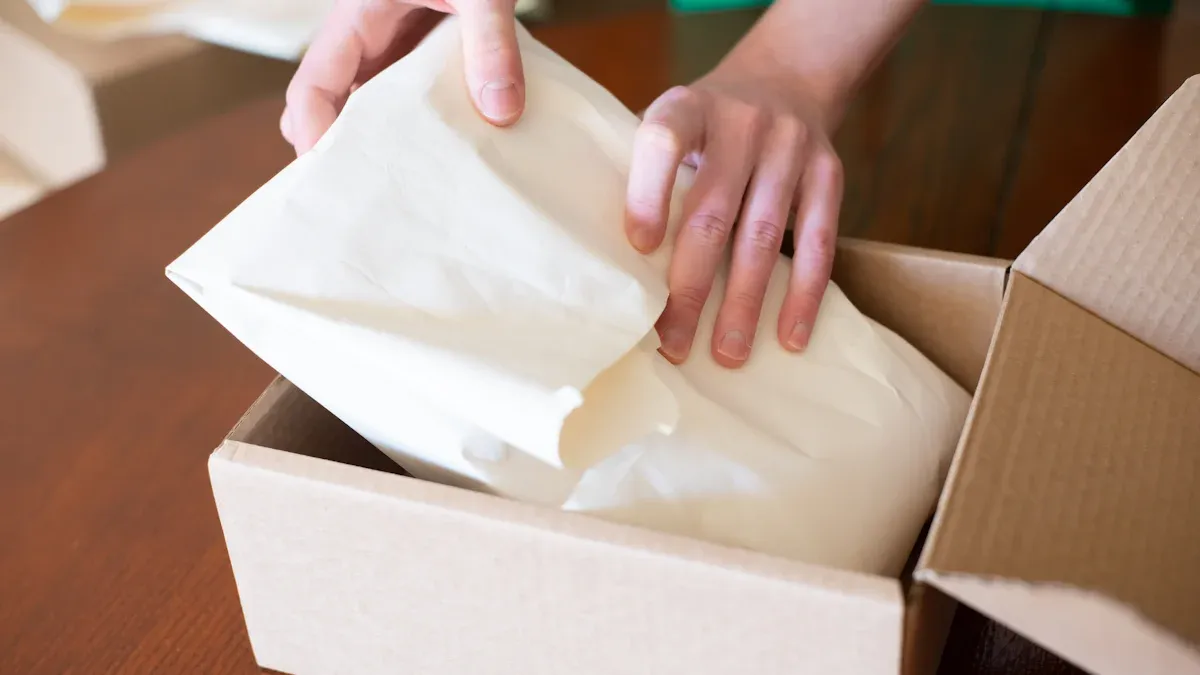
Operating and Maintaining Specialized Machinery
In my experience, operating specialized machinery is one of the most critical technical skills in paper box packaging. Employees must learn to handle advanced equipment designed for precision and efficiency. For instance, automation and robotics streamline production, reducing labor costs while maintaining high-quality standards. These machines also enhance precision, ensuring every box meets luxury brand expectations.
I’ve seen how proper training in machinery maintenance prevents downtime and costly repairs. Employees who understand the mechanics of these machines can quickly identify and resolve issues. This proactive approach keeps production lines running smoothly. Additionally, investments in advanced technologies, such as AI-driven systems, improve operational efficiency and allow for intricate designs that elevate the consumer experience.
Understanding Paper Materials and Their Properties
Understanding the properties of paper materials is essential for creating premium packaging. Employees must recognize how different materials perform under various conditions. For example, some papers offer excellent water and oil resistance, while others excel in strength and thermal insulation. Recent advancements, like biodegradable coatings and polysaccharide polymers, have expanded the possibilities for sustainable packaging.
I always emphasize the importance of sustainability in training programs. The global demand for eco-friendly packaging continues to grow, and employees must stay informed about innovative materials. By mastering these properties, they can select the best options for each project, balancing durability, aesthetics, and environmental impact.
Mastering Cutting, Folding, and Assembly Techniques
Precision in cutting, folding, and assembly defines the quality of luxury paper box packaging. Employees must develop technical skills to execute these tasks flawlessly. I’ve noticed that even minor errors in these processes can compromise the final product. Training programs should focus on techniques that ensure accuracy and consistency.
For example, cutting machines must be calibrated to achieve clean edges, while folding techniques should create sharp, symmetrical lines. Assembly requires attention to detail to ensure structural integrity and visual appeal. These skills are vital for producing packaging that reflects the sophistication of luxury brands.
Tip: Combining technical expertise with creativity allows employees to craft unique designs that stand out in the market.
Craftsmanship and Attention to Detail
Precision in Design and Finishing
Precision in design and finishing plays a vital role in creating luxury paper box packaging. I’ve seen how even the smallest details can elevate a product’s appeal. Techniques like spot UV printing, which uses ultraviolet light to create sharp contrasts, add sophistication to packaging. This method highlights key elements, such as logos, and communicates the precision expected in high-end products.
Brands that prioritize precision often see tangible benefits. For example, Aptar’s innovative packaging solutions, like airless pumps, ensure product integrity throughout the supply chain. These designs not only protect the product but also enhance its perceived value. I always emphasize that training employees to master these techniques improves their proficiency and ensures consistent quality.
Incorporating Handcrafted and Artistic Elements
Handcrafted and artistic elements bring a unique charm to luxury packaging. I’ve noticed that customers appreciate the personal touch these designs offer. For instance, Florasis combines traditional Chinese cultural elements with modern aesthetics. Their packaging evokes nostalgia while appealing to younger generations who value exclusivity.
Textures and typeface variations also play a significant role. Textures convey eco-friendliness, while unique typefaces reflect authenticity and craftsmanship. High-quality materials further enhance the perception of luxury. Training employees to incorporate these elements fosters creativity and problem-solving skills, which are essential for producing standout designs.
Customization to Meet Client Specifications
Customization is key to meeting the diverse needs of luxury brands. I’ve worked on projects where tailoring designs to client specifications significantly boosted job satisfaction among employees. Customization allows brands to express their identity through packaging, creating a memorable unboxing experience for customers.
Employees must develop practical problem-solving skills to address unique client demands. Effective communication with clients ensures the final product aligns with their vision. I’ve observed that this collaborative approach not only improves employee morale but also strengthens client relationships. Training programs that focus on customization techniques prepare employees to deliver exceptional results.
Note: Craftsmanship and attention to detail are not just about aesthetics. They reflect a brand’s commitment to quality, fostering trust and loyalty among customers.
Quality Control and Health and Safety Standards
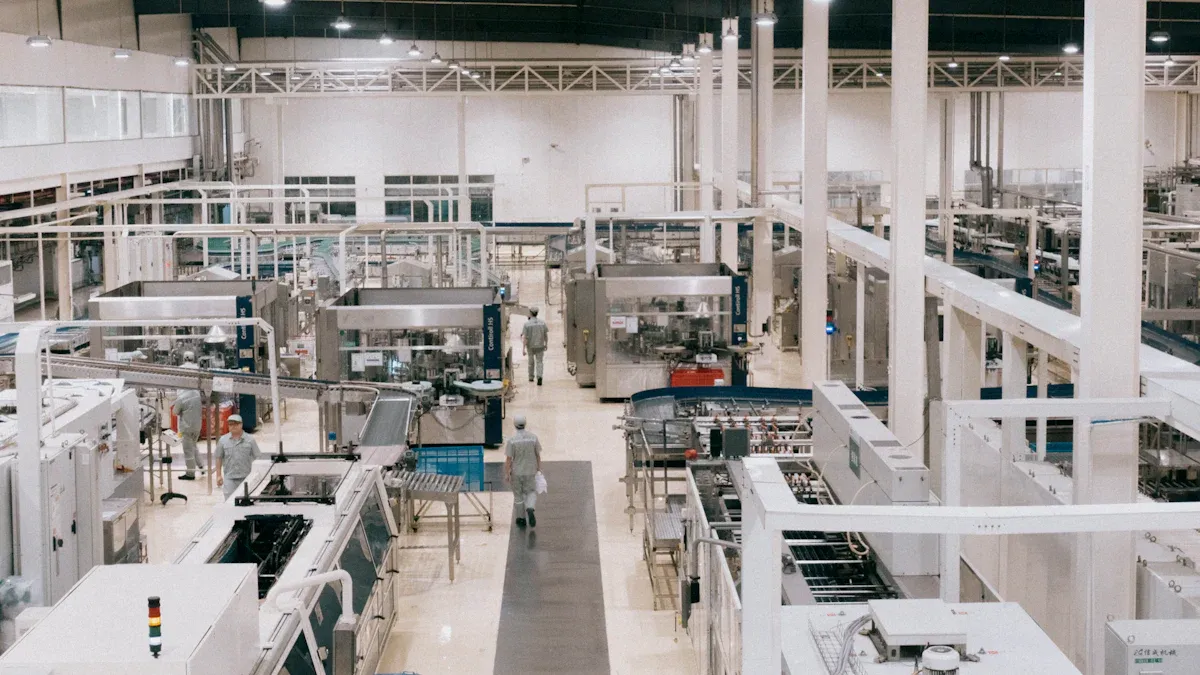
Inspection Processes for Flawless Products
I’ve learned that flawless luxury packaging begins with a robust inspection process. Each step ensures the final product meets the highest standards. For example, material inspection verifies that raw materials align with safety and performance requirements. Design testing through prototypes identifies flaws before production begins. During manufacturing, production monitoring ensures consistency and quality. Finally, finished product inspections confirm that the packaging is both functional and visually appealing.
Here’s a breakdown of the inspection process:
These steps guarantee that every paper box packaging product reflects the sophistication luxury brands demand.
Adhering to Industry Standards and Brand Guidelines
Adhering to industry standards and brand guidelines is crucial for maintaining quality and consistency. I always emphasize the importance of strategic packaging design. It strengthens brand recognition and enhances customer satisfaction. Consistency in visual elements, such as typography and color, ensures alignment with brand strategy. Sustainable packaging solutions also play a significant role. They not only enhance a brand’s reputation but also allow companies to command premium pricing.
Effective packaging serves as a touchpoint that fosters emotional connections with consumers. Materials should reflect the brand’s image and differentiate it from competitors. Training employees to follow these guidelines ensures that every product aligns with the client’s vision and expectations.
Ensuring Workplace Health and Safety Compliance
Health and safety training is essential in any packaging facility. Employees must understand job-specific hazards and follow safe work procedures to prevent accidents. I’ve seen how hazard assessments identify potential risks, allowing teams to implement preventive measures. For example, providing personal protective equipment ensures employees stay safe while handling machinery or hazardous materials.
Routine health and safety audits are equally important. In 2023, product recalls in the United States increased by 11%, with fines for defective products totaling USD 55.3 million. These figures highlight the financial and reputational risks of neglecting safety standards. By prioritizing health and safety, companies can avoid such issues and maintain a productive work environment.
Tip: Regular training sessions keep employees informed about the latest safety protocols and industry standards. This proactive approach fosters a culture of safety and accountability.
The specialized skills employees develop through training ensure the production of high-quality, luxury paper box packaging. I’ve seen how combining technical expertise, craftsmanship, and safety practices creates products that exceed client expectations. Companies like YiXin Printing rely on these skills to maintain their reputation and deliver exceptional packaging solutions that stand out in the market.
FAQ
What are the most common skills gaps in a luxury paper box packaging facility?
I’ve noticed that skills gaps often include a lack of technical expertise, attention to detail, and knowledge of sustainable materials. Training addresses these challenges effectively.
How can companies overcome recruitment difficulties in this industry?
I recommend offering competitive benefits, emphasizing career growth opportunities, and implementing robust training strategies. These approaches attract skilled employees and reduce recruitment difficulties.
Why is addressing skills shortages crucial for workforce development?
Skills shortages hinder productivity and quality. I’ve seen how targeted training programs bridge skills needs, ensuring the workforce meets industry standards and client expectations.
